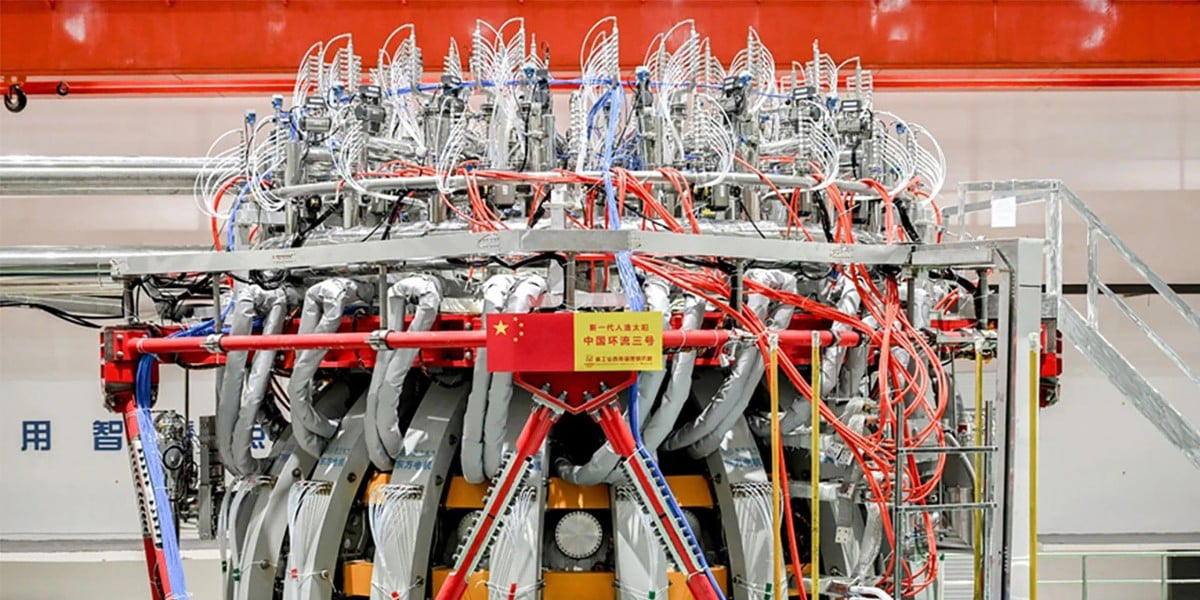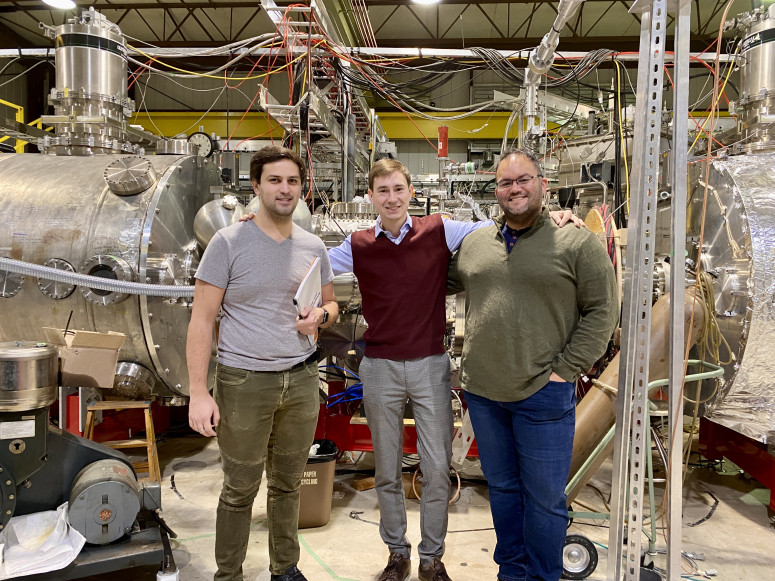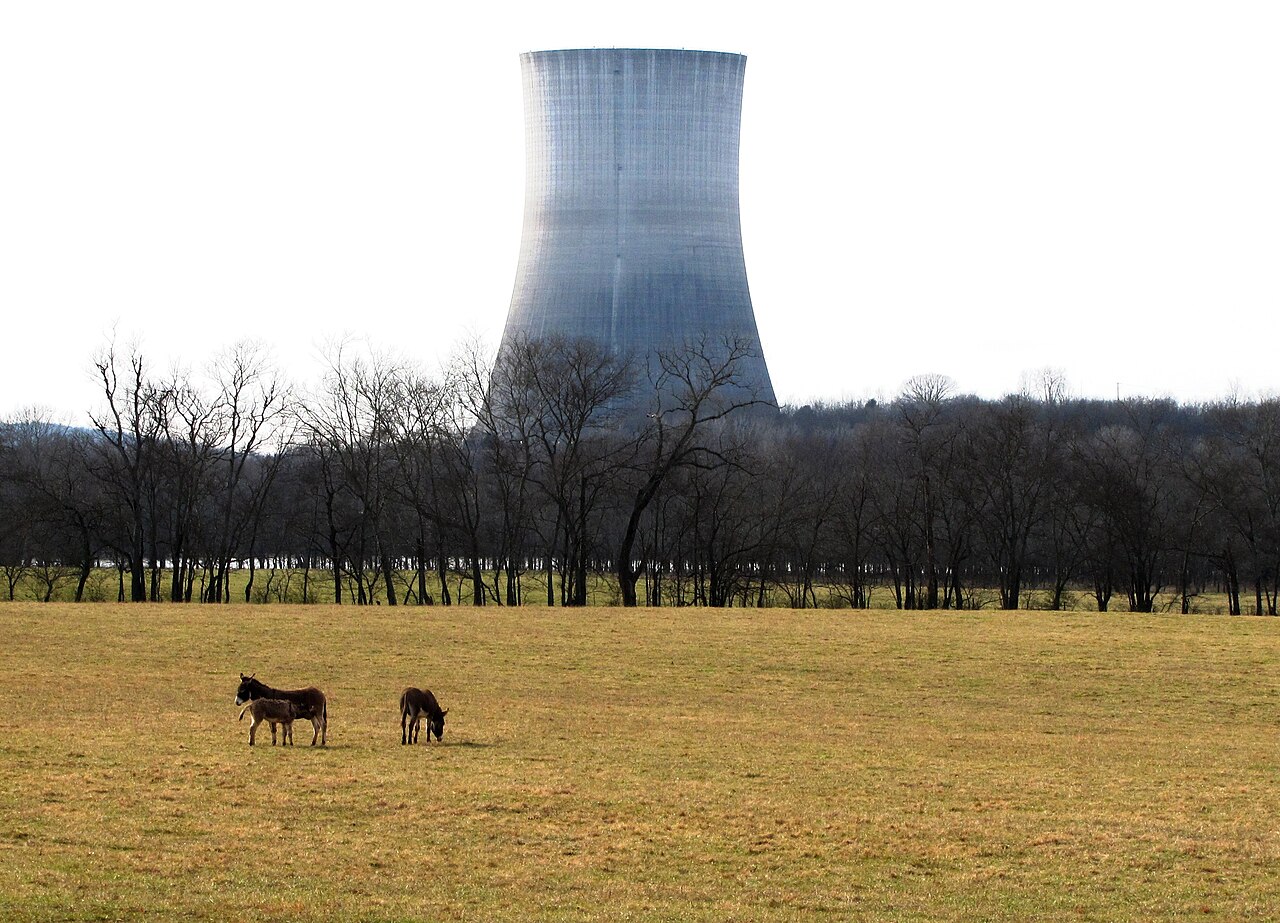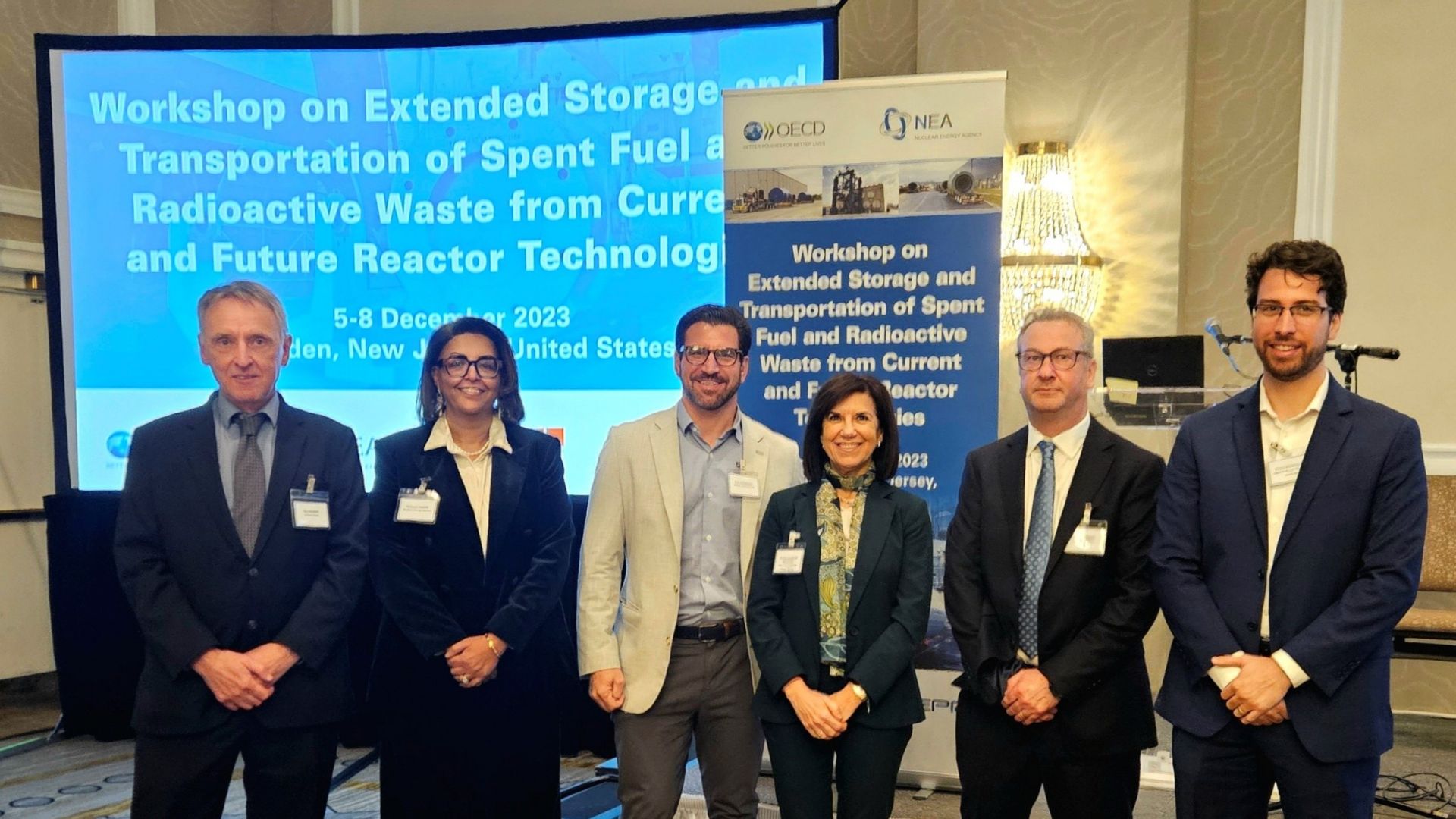China launches fusion consortium to build “artificial sun”


A message from Chapman Nuclear
New Lattice Confinement Fusion Power Reactors May Eliminate 95% of SNF


Investors continue to be bullish on uranium, according to a number of recent news reports. Stockhead recently trumpeted, “Uranium has started 2024 the same way it ended 2023—like a bull in a china shop. Spot prices are now agonizingly close to US$100/lb for the first time since 2008, with term pricing not far behind.” Similarly, Mining.com noted, “The spot price of uranium continues to rise, boosted by pledges to triple nuclear power by mid-century, supply hiccups from producers such as Cameco . . . , and the looming threat of a ban on Russian exports to the West.”

Dennis Henneke
The BWRX-300 is the 10th generation of boiling water reactor designed by GE Hitachi and has a number of evolutionary features. We learned from the design of the Economic Simplified Boiling Water Reactor (ESBWR), the BWRX-300’s predecessor, that implementation of a plant design that utilizes passive safety features can result in a relatively large containment. From the inception of the BWRX-300, our goal was simplification of the design and the reduction in overall size of the “safety footprint,” which includes both containment and the safety-related--component plant areas. The design team was empowered to consider any and all simplification efforts, which were evaluated by the GEH team. One key to implementing this goal—design of a plant that can be licensed anywhere in the world—is the use of a probabilistic risk assessment (PRA) that helps ensure the resulting plant risk is low.

A new type of cold spray coating, made from the metal tantalum and applied to the plasma-facing steel walls of fusion reactors, could lead to efficient, compact fusion reactors that are easy to repair and maintain, according to a study recently published in the journal Physica Scripta. The study was led by scientists and engineers at the University of Wisconsin–Madison and involved researchers from South Korea, France, and Germany.
NuScale announced today a 28 percent reduction in full-time staff, affecting 154 workers, as part of the company’s move to focus resources on “key strategic areas”— including deployment of its small modular reactor.
New guidelines for federal hydrogen production tax credits may leave legacy nuclear plants out in the cold.
The U.S. Treasury Department and the Internal Revenue Service have released proposed language about who would qualify for the 45V Clean Hydrogen Production Tax Credit created by the Inflation Reduction Act (IRA). The public comment period on the proposal is open until February 26.

The new year is here, and so it is time for the Nuclear News review of 2023's top stories. The recap will appear in the January issue of the magazine, on its way to American Nuclear Society members right now. In the meantime, all ANS members can read the year's issues in the ANS member center, and also review some of the most-read stories from Nuclear Newswire below. Here’s to a Happy New Year!

Three people were arrested on January 3 when they paraglided onto the site of a canceled nuclear power plant in Hartsville, Tenn., according to Nashville news station WSMV.

A recent event co-organized by the Nuclear Energy Agency, the Electric Power Research Institute, and Holtec International brought together about 100 international experts for a workshop on spent fuel and radioactive waste.
The American Nuclear Society is soliciting qualified members who are interested in becoming the editor of Fusion Science and Technology (FST). Leigh Winfrey, SUNY-Maritime, has served as editor of FST since January 2018. During her term, she has successfully shepherded FST, maintaining the journal’s reputation for technical excellence and arranging a schedule of eight issues annually covering the most important topics in fusion science and technology.
Winfrey has indicated that she intends to step down from the editorship as of June 2025, providing an opportunity for a fresh voice to lead FST. Consequently, ANS is seeking a qualified individual to fill this position. The selected person will be appointed editor-designate and will undergo a period of training before taking over the full editor’s role.
A coalition of energy and grid industry associations led by the National Electrical Manufacturers Association (NEMA) today requested $1.2 billion in repurposed supplemental funding in upcoming negotiations on the Senate Energy and Water Development Appropriations Bill for Distribution Transformer and Grid Components.
Ukraine’s Zaporizhzhia nuclear power plant has taken action to ensure an immediate supply of backup electricity at the site in case the main external power line is lost.
Amid Ukraine's ongoing military conflict with Russia, Zaporizhzhia has experienced frequent power cuts. Since August 2022, the plant has suffered eight events with a complete loss of off-site power, according to a statement from International Atomic Energy Agency director general Rafael Mariano Grossi.
![]() Here is a recap of industry happenings from the recent past:
Here is a recap of industry happenings from the recent past:
DOE, DOD support X-energy’s microreactor work
The Department of Energy’s Office of Nuclear Energy has signed a one-year cooperative agreement with X-energy designed to advance the development of a design for a transportable mobile microreactor. Under the agreement, the DOE will support X-energy’s work on the architecture and technology for the 3- to-5-MWe microreactor’s preliminary design. X-energy is also the recipient of a Department of Defense contract to develop an enhanced engineering design for a transportable microreactor that will be suitable for both defense and commercial applications.
The Department of Energy Office of Environmental Management’s liquid waste contractor at the Savannah River Site is giving nine college students the opportunity to jump-start their careers this year through a hybrid work program that allows them to finish their engineering or computer science studies while also interning at SRS.
At the ANS Winter Conference and Expo this past November, the ANS Board of Directors approved the creation of two new student sections—for the University of California–Los Angeles (UCLA) in California and the University of Wyoming (UW) in Laramie, Wyo.

Grossi
Recent observations have indicated that warm water has been discharged near the light water reactor at the Yongbyon Nuclear Scientific Research Center in North Korea, which is consistent with the purported commissioning of the LWR—a process that takes time for any new reactor—and suggests that the reactor has now reached criticality.
“The LWR, like any nuclear reactor, can produce plutonium in its irradiated fuel, which can be separated during reprocessing, so this is cause for concern,” said Rafael Mariano Grossi, director general of the International Atomic Energy Agency. “It remains the case that without access to the facility, the agency cannot confirm its operational status.”
Safety concern: Grossi went on to say that the agency does not have sufficient information to make an assessment about the Democratic People’s Republic of Korea site, but that nuclear safety remains the paramount issue when starting a new reactor. Agency inspectors have had no access to North Korea since they were expelled in 2009.
A series of earthquakes on New Year’s Day that resulted in a tsunami warning and prompted evacuations from Japan’s west coast caused no irregularities at the country’s nuclear plants, Japanese officials have reported.

The International Atomic Energy Agency completed an advisory service mission to Cambodia on December 11–22 that focused on assessing the country's security regime for nuclear and other radioactive material out of regulatory control (MORC).

The Nuclear Regulatory Commission has finalized an inspection finding as “white” related to an inoperable emergency diesel generator at the V. C. Summer nuclear power plant in Jenkinsville, S.C. Under the NRC’s reactor oversight process, a white inspection finding reflects low-to-moderate safety significance.
“Maintaining the operational readiness of all safety-related equipment is crucial for the plant's ability to respond effectively in emergencies,” said Laura Dudes, NRC Region II administrator. “While not indicative of immediate risk, this finding underscores the need for continuous vigilance and improvement in the plant’s corrective action process.”

Craig Piercy
cpiercy@ans.org
Dubai, UAE—
If you have followed the coverage of the 28th United Nations Climate Change Conference of the Parties, commonly known as COP28, you probably have figured out that it’s a bit of a three-ring circus: part diplomatic summit, part industry meeting, and part Comic-Con.
The pedestrian avenues of Expo City Dubai unfurl in a flower-like shape and require sustained situational awareness. Look down at your phone for a moment, and you are just as likely to run into the security detail for a head of state as you are a group of indigenous tribe members sporting full face paint and ceremonial regalia. However, once you get over the surreality of the place, it begins to make sense.
Traditionally, COPs are divided into two areas. The inner Blue Zone, managed by the UN, is where country delegations meet to finalize and present their “gift baskets” of voluntary carbon emission reductions, while so-called observer organizations (including the American Nuclear Society) hover at the edges, hoping to get a glimpse of the progress.